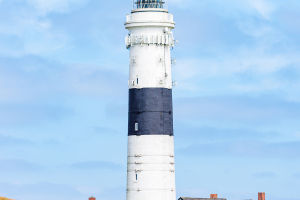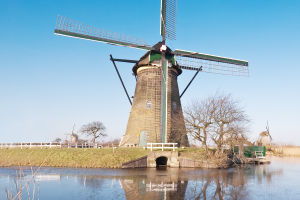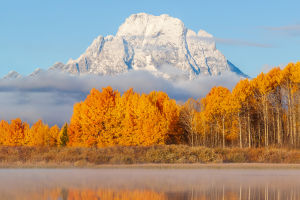Monument Valley, known in Navajo as Tse'Bii'Ndzisgaii, straddles the Arizona-Utah border and is famous for its sandstone buttes and stunning desert landscapes.
This 92,000-acre area is part of the Navajo Nation, featuring dramatic formations rising 400 to 1,000 feet above the valley floor.
Geology and Formation
The valley's formations are the result of millions of years of geological processes. Initially a sediment basin, natural forces like wind and water erosion sculpted the landscape. The red and orange hues come from iron oxide. Notable formations include the West and East Mitten Buttes, Merrick Butte, and the Totem Pole, which have been featured in numerous films, particularly Westerns directed by John Ford.
Cultural Significance
Monument Valley is a vital part of Navajo heritage. Visitors are encouraged to respect Navajo customs. The visitor center offers insights into Navajo culture with exhibits on archaeology, arts, and crafts, and local artisans sell handmade jewelry and textiles.
Getting There
By Air
The nearest major airports are:
- Flagstaff, Arizona: About a 3-hour drive.
- Las Vegas, Nevada: Roughly a 7-hour drive.
- Salt Lake City, Utah: Approximately a 7-hour drive.
From these airports, renting a car is essential, as the area is remote with limited public transportation options.
By Train
You can take an Amtrak train to Salt Lake City or Las Vegas and then rent a car for the remainder of the journey.
Guided Tours
If driving isn't an option, consider booking a guided tour from nearby cities like Flagstaff or Sedona, which typically includes transportation.
What to See and Do
Top Attractions
1. Monument Valley Navajo Tribal Park: The main attraction, featuring iconic formations like the East and West Mitten Buttes. The 17-mile scenic drive showcases some of the most photographed landscapes in the American West.
2. Wildcat Trail: A 4-mile loop that offers stunning views of the Mitten Buttes. It's rated moderately difficult and takes about 2-3 hours to complete.
3. John Ford Point: A famous viewpoint providing panoramic views of the valley, easily accessible via guided tours.
4. Totem Pole: A striking spire that exemplifies the effects of erosion, perfect for photography.
5. Forrest Gump Point: A popular photo stop along Highway 163, known for its appearance in the film "Forrest Gump."
Activities
- Guided Tours: Engaging a Navajo guide offers deeper insights into the culture and history of the area. Tour options vary from short scenic tours to full-day adventures.
- Photography: The valley is a photographer's paradise, especially during sunrise and sunset. Consider joining a photography tour for expert tips.
- Cultural Experiences: Participate in traditional Navajo performances and learn about the history of the Navajo Code Talkers.
- Visitor Center: Explore exhibits on Navajo culture and history, and enjoy meals with stunning views.
What to Eat
Monument Valley offers a unique culinary experience influenced by Navajo culture. Here are some local dining options and traditional foods:
- Fry Bread: A deep-fried flatbread enjoyed plain or topped with various ingredients.
- Navajo Tacos: Fry bread topped with seasoned ground meat, beans, lettuce, cheese, and salsa.
- Stews: Traditional Navajo stews made with lamb, typically served with fry bread.
Local Dining Options
- Monument Valley Tipi Village: Offers authentic Navajo cuisine.
- The View Hotel: Features a restaurant with sweeping views.
- Goulding's Lodge: Includes a restaurant and grocery store with various food options.
Conclusion
Monument Valley is a stunning testament to the natural beauty and cultural richness of the Navajo Nation. With its iconic landscapes, profound cultural significance, and opportunities for exploration, it's a must-visit destination for anyone seeking to connect with the American West.
Whether marveling at the towering buttes, engaging with local culture, or savoring traditional Navajo cuisine, visitors leave Monument Valley with a deeper appreciation for this extraordinary region.


